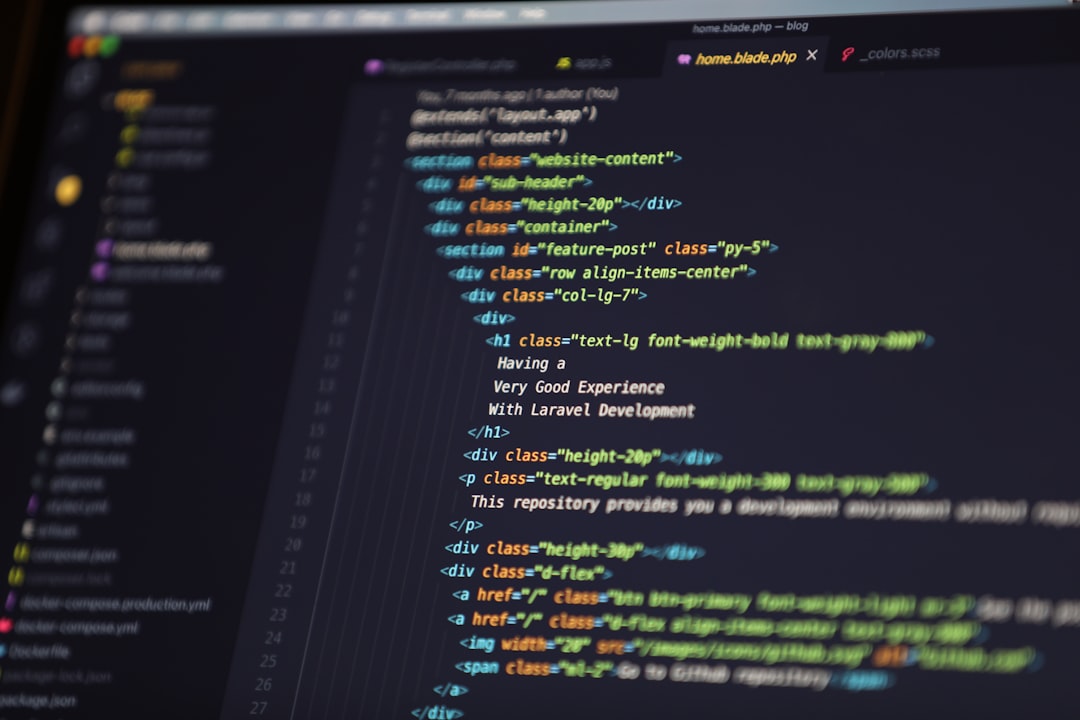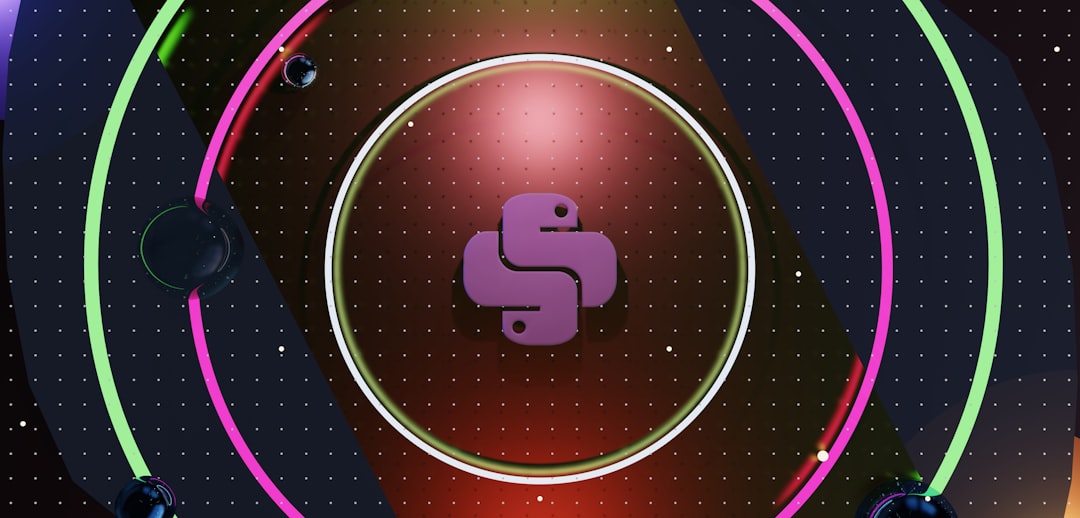In the rapidly evolving landscape of software development, the intersection of artificial intelligence and modeling techniques has opened new horizons for developers and system architects. Unified Modeling Language (UML) has long served as the standard graphical notation for visualizing system architecture and design. Today, AI tools are revolutionizing how we create UML diagrams and even generating code directly from these visualizations. But can these AI tools truly understand UML and produce functional code? Let's explore this fascinating development in software engineering.
The Evolution of UML in Software Development
UML was created in the mid-1990s by three researchers from Rational Software—Jim Rumbaugh, Ivar Jacobson, and Grady Booch—who sought to unify existing modeling languages into a standard primarily for designing object-oriented software. Since becoming an OMG (Object Management Group) standard in 1997, UML has evolved through various versions while remaining a cornerstone of software design.
Traditional software development workflows often involve creating UML diagrams during the design phase, followed by manual coding based on these designs. This process, while structured, has typically involved significant effort and potential disconnection between design and implementation. The challenge has always been maintaining synchronization—when code changes, diagrams should be updated, and vice versa.
AI-Powered UML Diagram Generation
Modern AI tools have dramatically simplified the creation of UML diagrams. Platforms like Miro AI enable users to generate UML class and sequence diagrams simply by entering a text prompt and watching the diagram unfold in seconds. Similarly, MyMap's UML Chart Maker allows users to create professional UML diagrams by describing their requirements in natural language.
These AI-powered tools offer several key advantages:
Faster Project Kickoffs
With tools like Miro AI, teams can generate UML diagrams in a flash, eliminating the need to create from scratch and allowing projects to move forward more quickly. This capability particularly shines during initial brainstorming and planning phases.
Multiple Versions in an Instant
AI tools can generate multiple UML diagrams in seconds, allowing teams to explore different design approaches without significant time investment. This facilitates more thorough exploration of architectural options before committing to implementation.
Team Collaboration
AI-powered diagram generation makes it easier for team members with varying technical backgrounds to contribute to system design. This democratization of diagramming helps ensure all stakeholders can participate meaningfully in the design process.
The Bidirectional Relationship: Code to UML and Back
The real power of AI in this domain comes from its bidirectional capabilities—not just creating diagrams from descriptions but also:
Code to UML: Reverse Engineering
Machine Learning algorithms can analyze source code and automatically generate corresponding UML diagrams. This involves:
-
Parsing the source code to extract information about classes, methods, and attributes
-
Detecting inheritance and other relationships between classes
-
Generating visual UML representations that accurately reflect the code structure
This capability helps keep documentation synchronized with implementation, solving one of software development's perennial challenges.
UML to Code: Forward Engineering
The more challenging direction is generating code from UML diagrams. This is where AI tools like GitHub Copilot and OpenAI's Codex are showing remarkable capabilities. These tools can:
-
Interpret UML diagrams to understand system architecture
-
Generate code structures that implement the modeled relationships
-
Provide boilerplate implementations that follow the UML specifications
How AI "Understands" UML
Current AI understanding of UML works through several mechanisms:
Pattern Recognition
AI systems recognize standard UML notation and elements (classes, relationships, attributes) through pattern recognition algorithms trained on vast datasets of UML diagrams.
Natural Language Processing
Tools like ChatGPT can interpret natural language descriptions of system requirements and translate them into UML structures, demonstrating an understanding of software design concepts.
Learning from Examples
AI systems learn from countless examples of UML diagrams and corresponding code implementations, allowing them to recognize common patterns and best practices.
Applications of AI in UML Modeling
According to current research and industry practices, AI and machine learning can be applied to UML in several innovative ways:
Automatic Generation of UML Diagrams
ML algorithms analyze source code to automatically generate UML diagrams, keeping documentation up-to-date with minimal developer effort.
Pattern Recognition and Optimization
AI can identify recurring patterns in UML diagrams and suggest improvements or optimizations, including recommending established design patterns.
Validation and Verification
AI-based tools verify the consistency and correctness of UML diagrams, identifying errors and suggesting corrections to improve design quality.
Problem Prediction
Machine learning algorithms can analyze UML diagrams to predict potential issues or bottlenecks before implementation begins.
Leading AI Tools for UML and Code Generation
Several AI-powered tools are leading this revolution:
Diagramly.ai
This AI assistant generates diagrams from text or images in formats including PlantUML, Mermaid, and ZenUML, featuring intuitive text-to-diagram conversion and whiteboard drawing recognition.
Specialized GPT Models
AI models like Cohfi Chat, PlantUML Code Generator, and Doxygen Documentation are specifically designed for UML diagram creation and interpretation.
PlantUML with AI Integration
The integration of artificial intelligence with PlantUML has reached a new dimension, enhancing the creation of diagrams through AI assistance.
Benefits and Limitations
Key Benefits
-
Efficiency: AI significantly reduces the time required for manual diagramming and code generation.
-
Consistency: Automated processes help maintain alignment between design and implementation.
-
Accessibility: AI tools make UML modeling more accessible to those without extensive UML knowledge.
-
Iteration Speed: Teams can quickly generate and refine multiple design versions.
Current Limitations
Despite impressive advances, AI tools still face challenges:
-
Complex Logic Interpretation: AI may struggle with understanding nuanced business logic that isn't explicitly modeled.
-
Context Understanding: Current AI lacks deep understanding of specific industry domains that might inform implementation details.
-
Quality Assurance: Generated code may require human review to ensure it follows best practices for performance and maintainability.
The Future of AI-Powered UML and Code Generation
Looking ahead, we can anticipate several developments:
Enhanced Integration
Deeper integration between AI tools and development environments will create seamless workflows from requirements to code.
Improved Bidirectional Synchronization
Future tools will better maintain synchronization between models and code throughout the development lifecycle.
Domain-Specific Intelligence
AI systems will incorporate more specialized knowledge for different industries and application types.
Conclusion
AI tools have made remarkable progress in understanding UML diagrams and generating code. While they don't "understand" UML in the same way humans do—with comprehension of business context and domain-specific intentions—they can effectively recognize patterns, generate diagrams from descriptions or code, and even produce functional code from UML models.
For development teams, these tools offer significant time savings and help maintain better alignment between design and implementation. Human oversight remains essential, particularly for complex systems with domain-specific requirements, but AI assistance is increasingly valuable for streamlining the software development process.
As AI continues to evolve, we can expect increasingly sophisticated capabilities in translating between different software representations. The future of software development will likely involve a collaborative process where AI handles routine aspects of UML creation and code generation, while human developers focus on higher-level design decisions and complex business logic.
The question isn't whether AI can completely replace human understanding, but rather how effectively we can leverage AI capabilities to enhance our software development processes. Based on current trends, the answer is increasingly promising.
Citations:
- https://miro.com/ai/uml-diagram-ai/
- https://www.mymap.ai/uml-chart-maker
- https://www.youtube.com/watch?v=buET5brQHFQ
- https://www.linkedin.com/pulse/uml-ai-marco-giancola-keh0f
- https://www.restack.io/p/top-ai-software-answer-uml-diagram-from-code-cat-ai
- https://www.yeschat.ai/tag/UML-Diagrams
- https://diagramly.ai
- https://blog.doubleslash.de/en/data-driven-services/kuenstliche-intelligenz/revolution-in-der-diagrammerstellung-plantuml-trifft-auf-kuenstliche-intelligenz
- https://diagrammingai.com
- https://model-engineering.info/publications/papers/EmpER24-UML-Look-Sound.pdf
- https://www.yeschat.ai/gpts-2OToA5hmRm-Code-to-Diagram
- https://www.anylogic.com/blog/?tag=artificial+intelligence
- https://www.yeschat.ai/gpts-9t557axl7o6-PlantUML-Code-Generator
- https://www.edrawmax.com/app/ai-diagram/
- https://zenuml.com/blog/
- https://github.com/mfoud444/UML-AI-Generator
- https://scottambler.com/category/artificial-intelligence/
- https://www.topview.ai/blog/detail/diagram-as-code-use-ai-to-generate-uml-diagrams
- https://www.uml.edu/celt/exploring-ai/about-ai.aspx
- https://www.eraser.io/ai/uml-diagram-generator










0 Comments